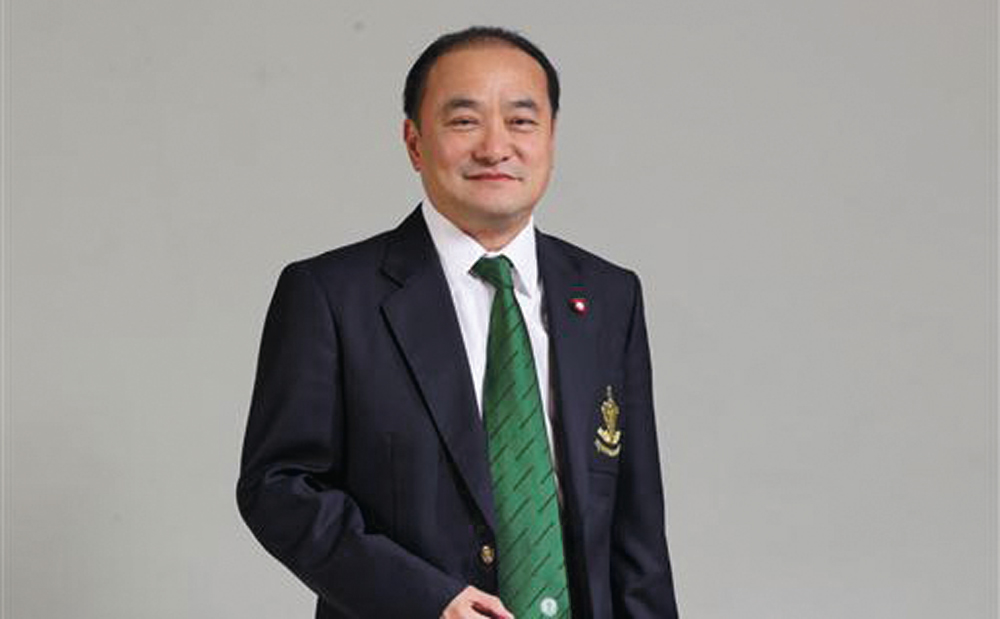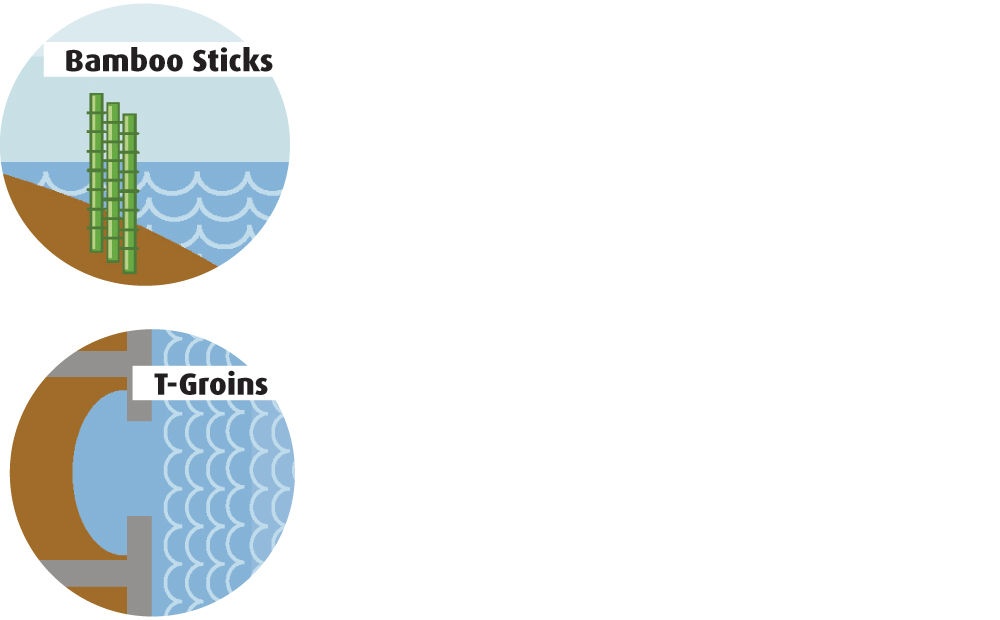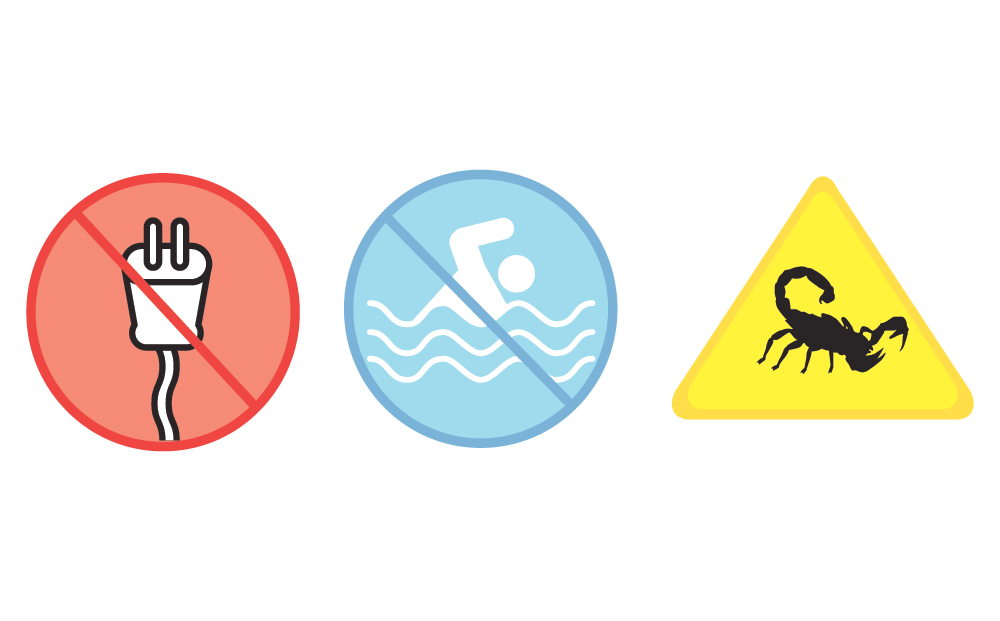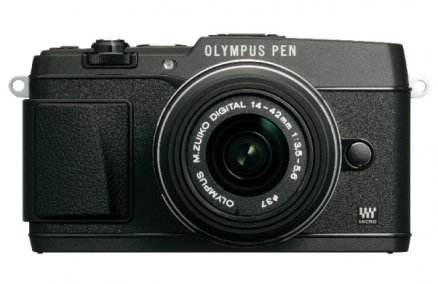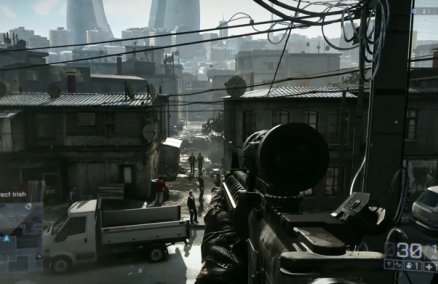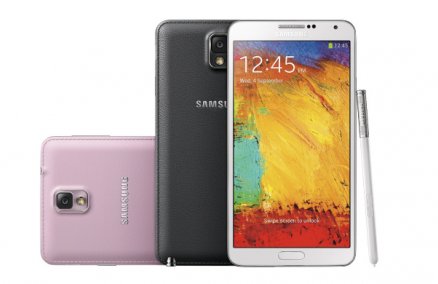JANUARY

Bistros with the word “Wine” in their names
Wine I Love You at Crystal Design Center opens to long queues and kicks off the trend of ridiculously named restaurants: Wine Me Up, Y Wine Y, X Wine Z, Wine Republic, Wine 33, Tell Me Wine, Wine Fusion, etc.
FEBRUARY

Thai Football
As the Thai Premier League Season kicks off, the local football scene continues to grow in leaps and bounds, with better stadiums, more fans, and growing media coverage.
Online Korean Shopping on Facebook
It’s all the craze: clever entrepreneurs are opening Facebook pages selling imported K-fashion.
Mono-Food Restaurants
Hot on the heels of BonChon Chicken, BKK Bagel Bakery opens, a sign of a growing appetite for mono-dish venues that do less, but do it right. Later in 2011, Bangkok Burger Company and Din Tai Fung also open.
Preah Vihear
All eyes were on the Khmer temple in February, as escalating tensions led to border clashes between Thailand and Cambodia.
Flood Prevention
Sukhumband announces a five-year plan to add three new drainage tunnels, with work set to begin in 2012. Right.
MARCH

Oskar
With comforting French food, a busy bar in the middle, and Bed as its neighbor, Oskar proves perfect for late dinners and pre-club drinks.
Planil Temban
After “Kid Dee Dee” climbed to #6 on the Fat Radio charts the band become one of 2011’s most exciting new arrivals.
Rich Kids Who Can’t Drive
First a hi-so 17-year-old, Orachorn Thephasadin na Ayudhya, runs a minivan off the road, killing nine of its passengers. Then a 19-year-old Rangsit student chops a Lao girl in half with daddy’s Porsche. The compensation police suggested he pay? B200,000.
APRIL

Songkran Titties
“It hurts the image of Thailand, in particular Silom,” says Bangrak District Office Director Surakiat Limcharern of the two teenagers who showed off their breasts during the water wars. Perhaps Surakiat was upset that no ping pong balls were involved, as Silom’s “image” would have warranted.
Maroon 5
After a string of old geezers (Scorpion, Eric Clapton, Santana), Maroon 5 was a slightly fresher inter band to grace Bangkok.
Income Gaps and Food Prices
While just 5.1% of those making under 15K per month saw their income increase in the first quarter of 2011, 24.1% of those making more than 75K saw their income rise. Also, 56% of those under 15K said they are actually making less! Meanwhile street sellers are complaining that ingredient prices have nearly doubled recently.
99 Rest Backyard & Café
It takes Ian Kittichai and a really cute garden setting to make a place out on Rama 9 this hot with the hi-so crowd.
Fujifilm Finepix X100
A beautiful object that takes compact cameras to a whole new level thanks to its fixed lens (no zoom) and larger sensor.
MAY

Reya
Seems like we like bitches. Or we’d like to be bitches. Or we love to hate bitches. Whatever it was, Reya struck a nerve.
The Drums
A genuinely hot young indie band took us all surfing at Muse.
Hangover II
Apichatpong show monks playing the guitar. And girls can’t take off their shirts in Silom. Then suddenly, monkeys are giving monks blowjobs while ladyboys do drugged tourists in the ass. Not that we cared. Or laughed.
Herbie Hancock
Here’s one old geezer we were happy to welcome. The granddaddy of electro funk is not only a virtuoso, but also a genuinely warm performer. Bravo!
Funny Campaign Posters
JUNE

Pop-Up Restaurants
WTF opens up a space across the street, Opposite, which soon plays host to pop-up restaurant nights. Later, Chef McDaeng also hosts a pop-up in the achingly hip Warp 54 Studio. The trend hasn’t exactly picked up steam since, but we’re still hoping it will catch on.
Campaign Promises
Remember the tablets, B300 minimum wage and B20 BTS and MRT rides? OK, that’s all Yingluck, but the Democrats too had some goodies: 12 high-speed rail lines and a 25% minimum wage hike.
JULY

Yingluck Wins
Thailand elects its first female prime minister, Yingluck Shinawatra. This marks a return to power for the Thaksin clan since he was ousted by the military in 2006; and a massive vote of no confidence for the Democrats.
Kylie
The diminutive Aussie pop icon returns to Bangkok with a fabulous (and fabulously gay) extravaganza. Come back any time, Kylie!
Community Malls
As more shops open at City Viva, it’s clear that 2011 is taking the community mall trend to new heights. The tally for 2011: The Circle (although it soft-launched in 2010), CDC Phase 2, Seenspace, City Viva, Portico Langsuan and The Nine.
AUGUST

Preppy Vintage
Checkered shirts and rolled up chinos, to be worn barefoot with loafers, were 2011’s obligatory look.
The On Nut Extension
After years of delays, the BTS line finally extends all the way to Soi Bearing (Sukhumvit 107) with instant success.
The Bangkok Burger Company
Despite mixed reviews (patty falls apart, buns not homemade tasting enough), BBC remains one of the rare noteworthy restaurant openings in 2011, a pretty bad year on that front if compared to 2010.
SEPTEMBER & AUGUST

Singapore’s Hot!
It’s not just the Formula 1 and the big-name concerts with cheesy inter stars, but Marina Bay’s 2011 openings from the Louis Vuitton shop and the ArtScience Museum to new club Avalon, have given us reasons to go back.
Heavy Rains
We were just about done erasing the 2010 floods from our memories when it started raining again, the September death toll quickly reaching 100.
OCTOBER

Casino Busts
Following up on Chuvit’s clips of illegal gambling dens, Chalerm seizes this golden opportunity to reshuffle the police force’s top brass. What about the casinos? They seem to have mysteriously disappeared when police show up.
Authentic Bistros
Screw Le Normandie. With the recent openings of Le Petit Zinc, Chez Pape, Surface and D’Orsay we now have more cheap and cheerful French options than ever.
Terminal 21
Just as the floods are starting to affect the capital, Bangkokians show that nothing can stop them from shopping, especially if it’s at a 9-story themed wonderland with plenty of cheap, no-brand shops.
Bangkok is Flooded
It won’t. Will it? Oh wait, it has? Yes, Bangkok did flood in the end, mostly in the West and North.
NOVEMBER & DECEMBER

Headshot
Pen-ek’s much anticipated noir has its moments, but the convoluted plot leaves no space for its characters to come to life.
Ikea
Hot on the heels of Terminal 21 comes another shopping marathon that packs in throngs of Bangkokians. Located in Bangna, the massive Ikea warehouse also signals the rise of the suburbs, where many recent community malls have opened, in part thanks to better public transport.
Electro Heavyweights
First Fischerspooner bring their exciting visuals and virtuoso electro sound to Bed; then its Brian Eno’s darlings, Ladytron, with an admittedly lackluster performance at LED.
Leaked Clips and Pics
From Sek Loso doing crystal meth to Utt showing off on his webcam, celebrities still don’t understand that they should avoid digital recording devices.
Primitive
pichatpon’s exhibition on the themes of his Palme D’Or winning Uncle Boonmee finally comes to Thailand.
DECEMBER

Supoj Saplom Robbed
They took 700,000! One million. Three million. 10 million. 20. 120! 120? Going. Gone! (Note to Japan, next time you lend us money, don’t give it to us in cash.)
Rooftop Parties
With the New Year's eve celebrations and cooler weather, rooftops are the place to end 2011 in style (see page 32). Happy New Year everyone!
Advertisement



















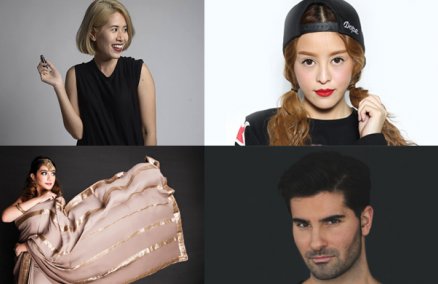
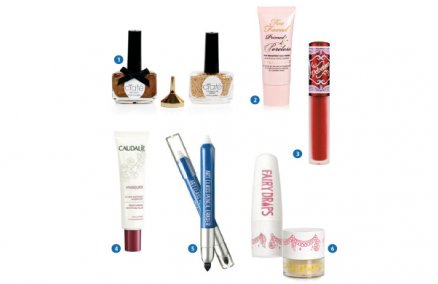
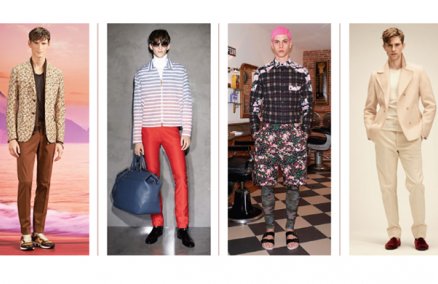
 Wisan Medsai, 51, a freelance photographer, exposed the truth about the empty CCTV camera cases in his neighborhood by posting pictures on the Pantip webboard.
Wisan Medsai, 51, a freelance photographer, exposed the truth about the empty CCTV camera cases in his neighborhood by posting pictures on the Pantip webboard.